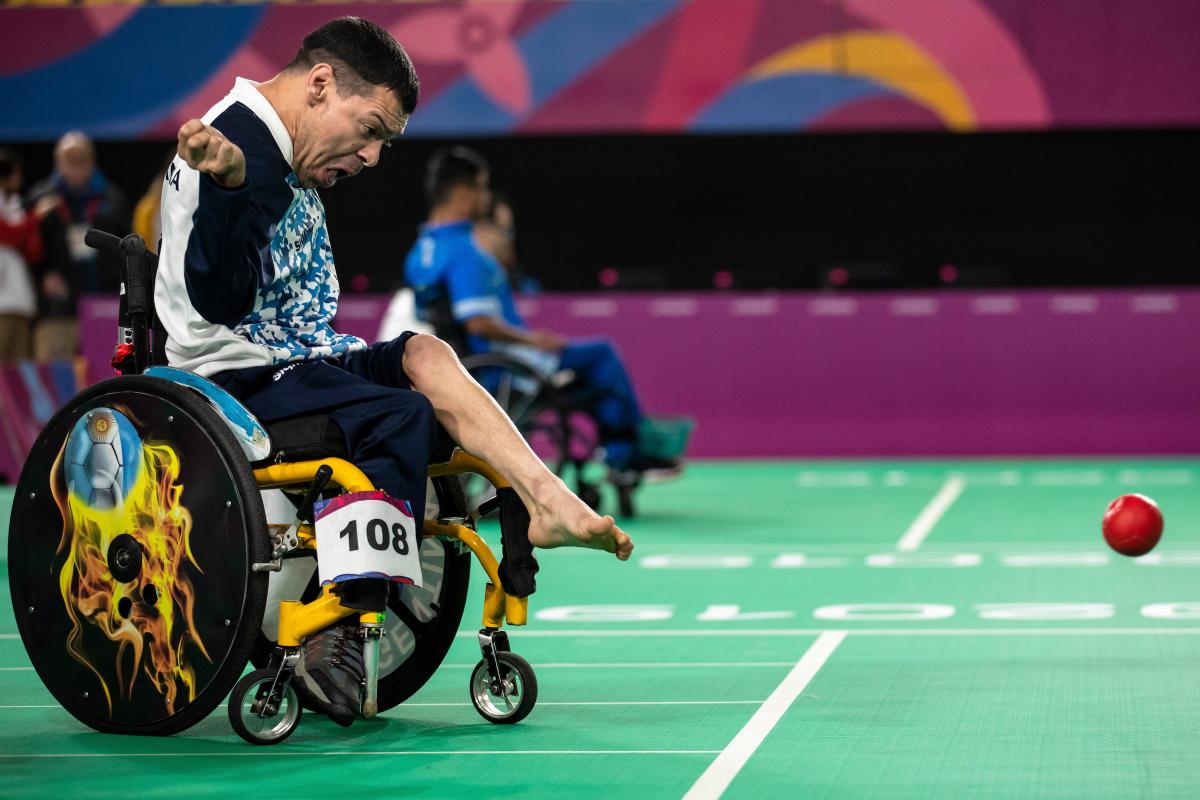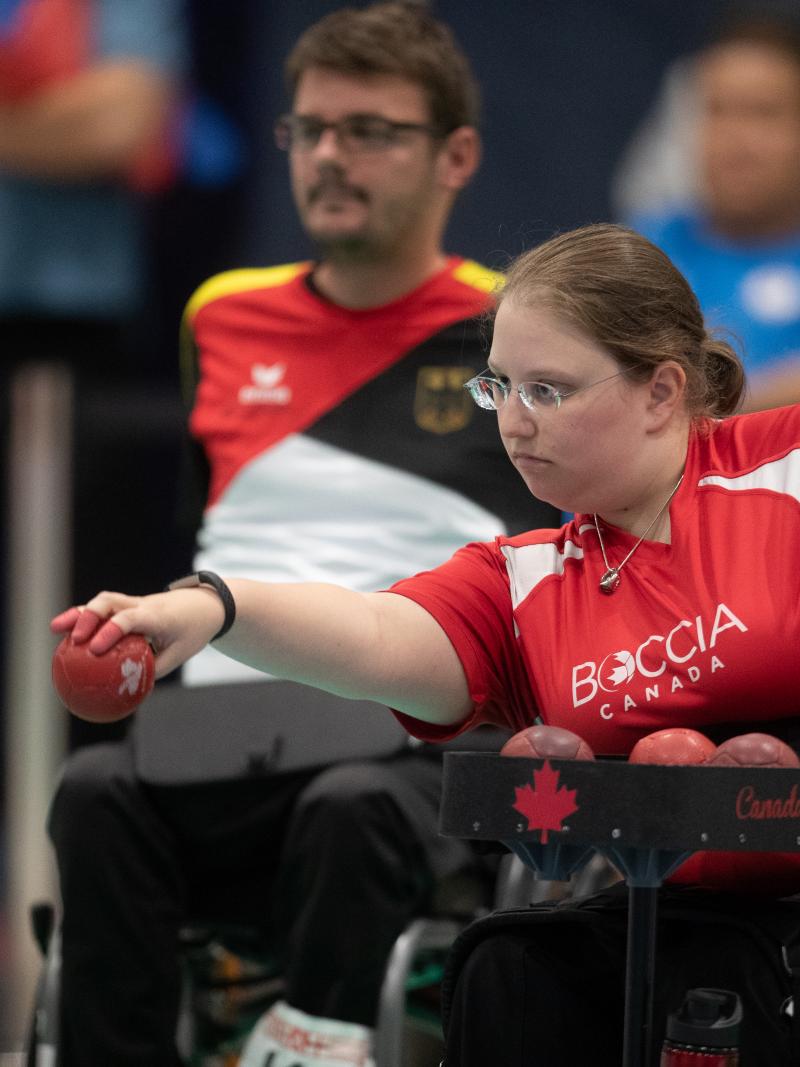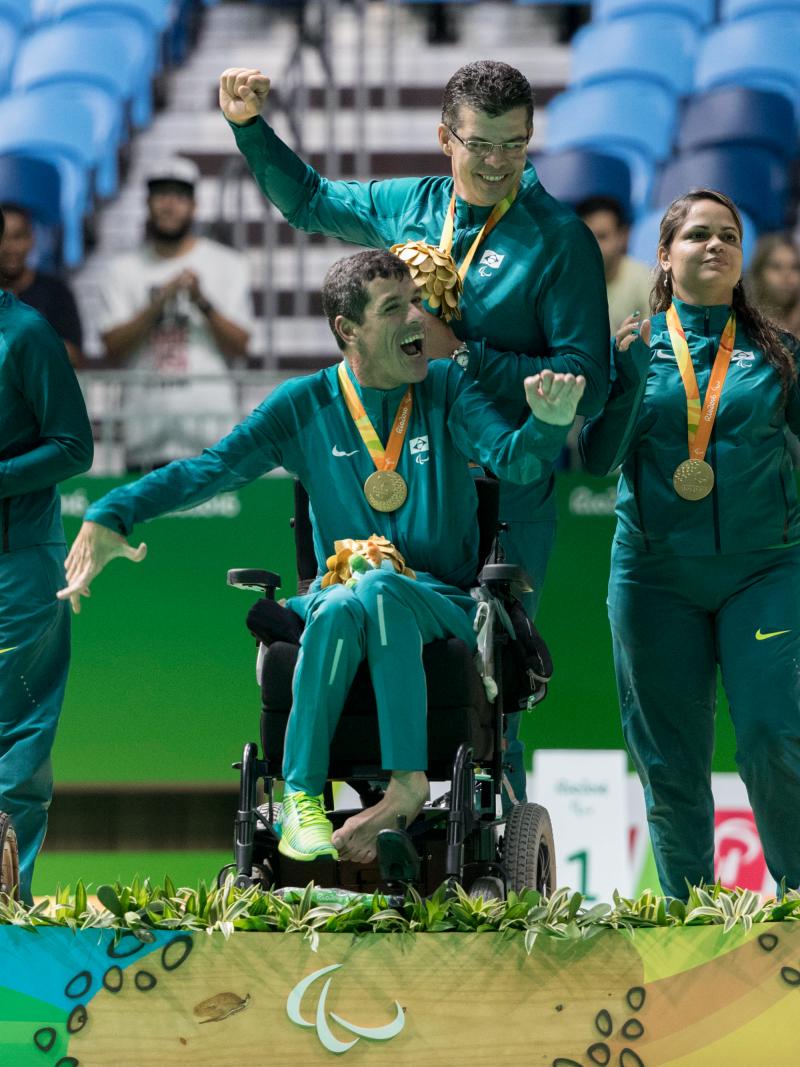Sport Week: Classification in boccia
The sport is divided into four different sport classes 03 Mar 2020
Boccia consists of four sport classes: BC1, BC2, BC3 and BC4. All players compete in wheelchairs due to a loss of leg function, arm function and trunk stability, caused by a lack of muscle co-ordination and control.
BC1 athletes have severe activity limitations affecting their legs, arms and trunk, and typically dependent on a powered wheelchair.
BC2 players have better trunk and arm function than those in class BC1. The abilities of their arms and hands often allow them to throw the ball overhand and underhand and with a variety of grasps.
BC3 class athletes have significant limitations in arm and leg functions, and poor or no trunk control. They are unable to consistently grasp or release the ball and are unable to propel the ball consistently into the field of play and allowed to use a ramp with the help of a Sport Assistant.
BC4 class contains players with non-cerebral impairments that impact muscle power, passive range of movement or limb deficiency.
ELIGIBLE IMPAIRMENT TYPES
• Impaired muscle power
• Athetosis
• Impaired passive range of movement
• Hypertonia
• Limb deficiency
• Ataxia
More information on classification in boccia can be found on BISFed’s website.
 Facebook
Facebook
 Instagram
Instagram
 Twitter
Twitter
 Youtube
Youtube


